
Happy holidays and welcome to the first episode of the Departures on Air Podcast. It has been quite a long time coming. What originally started as a small weekend project turned into a year long adventure. Lots of moving around, building, tearing down and rebuilding back up but it is finally here. I have lots on the calendar already planned so make sure to watch this space and subscribe so you don’t miss an episode.
👨✈️ The Briefing Room:
Notes and open topics from the editor’s desk.
Welcome Departures. The place to be for where to go and what to see. I was not expecting to have to start on such somber note, but as I’m writing this, what appears to be the worst mass shooting in the history of the Czech Republic seems to be unfolding. Although I have no intent on platforming the perpetrator in anyway, I do want to take a moment to express my condolences to the all the victims and their families that have been directly affected by this heinous act. The Czech Republic and Prague specifically have an extremely fond place in my heart and a history that goes back to my youth. I am deeply saddened for the community and join them in mourning of all those lost.
Alvin
📰 This Week in Travel:
A TLDR approach to some of the week’s most important headlines.
The only headline that matters this week is that a very large portion of us are traveling. In countries that celebrate some version of the Christmas holidays, it will be the busiest travel weekend of the year. According to aviation analysts Cirium, globally in 2023 airlines have sold 31% more tickets between December 21st and December 31st than the same period in 2022. In the US, the AAA forecasts about 115 million people will travel by car 50 miles or more. Fortunately aside from some minor weather related flight cancellations in Denmark and some strike related train delays in the Eurotunnel, overall everything seems to be on its way to go smoothly this year and thankfully not a repeat of last year’s Snowpocalypse.
All that being said, preparing and having a proper plan before you head out the door is always beneficial. The more organized you are the better you will position yourself for a smooth and enjoyable journey. The following are some of the best practices I follow for most trips and are meant to improve your travel experience regardless of where you go, for how long you will be going and the transportation method you choose. I like to subdivide my prep into 3 main categories: Packing, Transportation and Destination. Let’s dig a little deeper into each one and so I can show you what each one entails.
🧳 Packing:
Over the years I streamlined my carry quite a bit. What used to be a week long ordeal of deciding what I was going to take, finding the right bag to take it and getting it all together to pack it is now a simple task on my todo list that does not hold me up for more than an hour for any given trip.
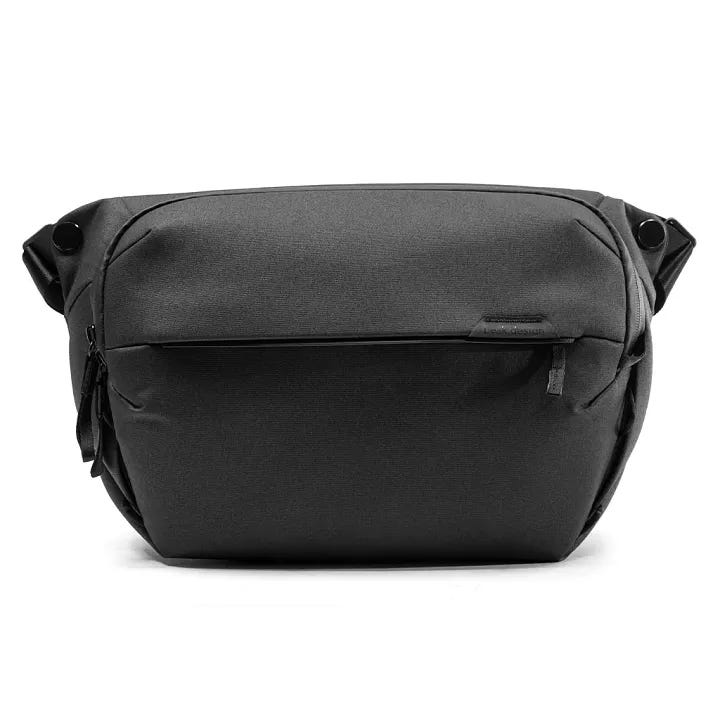
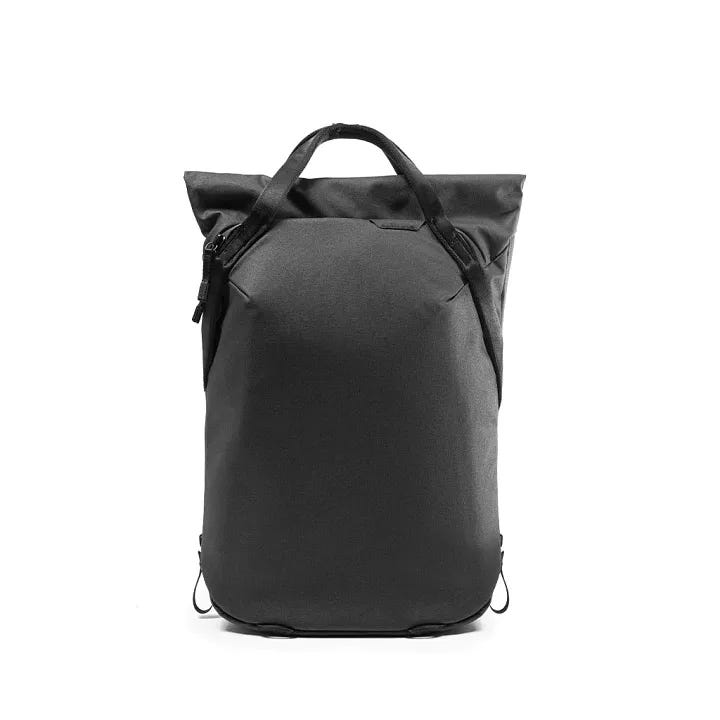
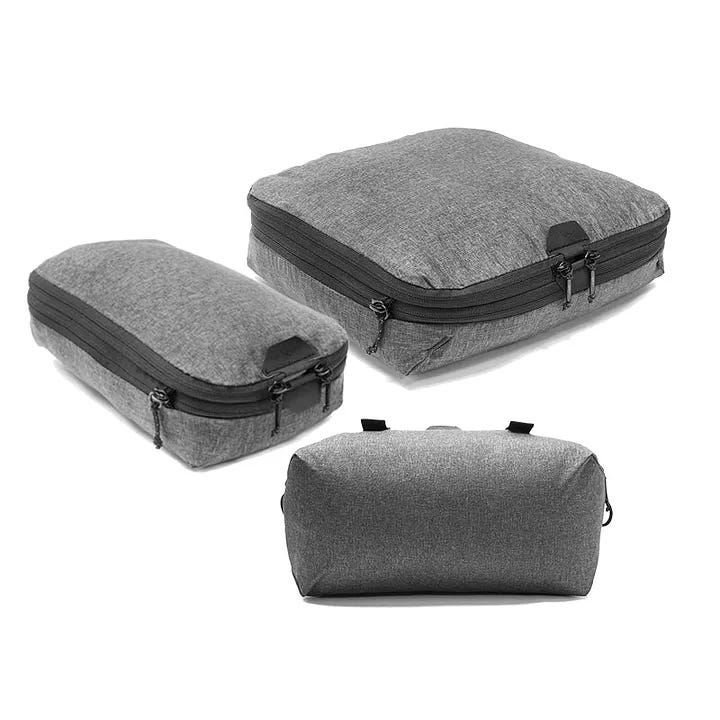
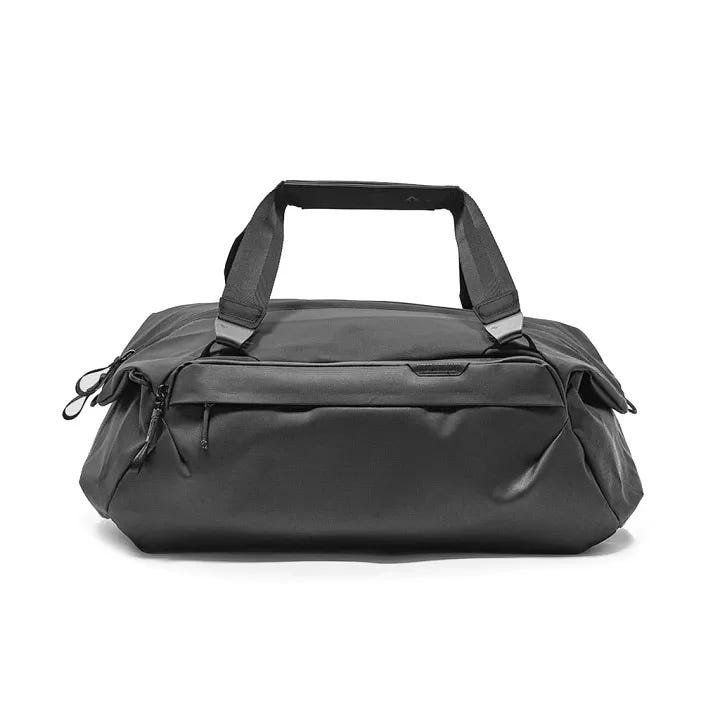
Paperwork - This is something I try to organize as much as possible during the planning phase which for me is usually weeks, if not months before I begin to pack. I always doble check entry and stay requirements if going to an international destination as well as any special advisories for the destination country and the passport I will be using for entry. I input all my calendar, alarms and todo list entries on my phone and also make copies of all important travel documents to a cloud folder I can access from anywhere. Although I use the TripIt App to keep all my documents electronically organized in one place, I also print any copies of documents I might need en route to my destination. For years I had discontinued this practice, but during the pandemic I found having hardcopies extremely useful when navigating through checkpoints.
Baggage - This can be very personal and the best choice for you will depend among many things on the weather at your destination, transportation restrictions, the items that you deem essential etc. In that regard I can only expand on what works for me given my travel style. I exclusively travel with carry-on only so when selecting my baggage I already have certain size limitations that I need to stay under. After much research, I settled on the Peak Design Travel Duffel 35L as my main carry-on. The bag is light weight, weather proof and compatible with Peak Design’s excellent packing cube system (more on those below). To complement the Travel Duffel, depending on the items I need to carry, I will alternate between the Peak Design Everyday Totepack 20L or the Peak Design Everyday Sling 10L. All of these are under the carry-on and personal item allowance of all ultra low cost carriers in the US, Europe and Asia.
Packing Cubes - I live by packing cubes. They are essential to proper suitcase living whether on longterm travel or a short holiday. Though I use the Peak Design Travel Cubes because of their compatibility with the rest of my bags in the range, there are a slew of options out there including these very inexpensive ones from Ikea. I own and have traveled extensively with these too and though the features and quality of the materials are well aligned with their price point, I can say without a shadow of a doubt that for most people they will do their job. Whether you go for something inexpensive or something more premium, the idea is to compartmentalize your items in order to maximize your carry, keep your items organized throughout your travels and make sure everything remains easy to find.
Your Items - This is the most important part. I’ve always found that what I choose to bring is just as important as what I choose to leave behind. For many years I used to be a pretty maximalist packer. I would pack completely different daily outfit choices with multiple pairs of shoes and accessories. These days though I’ve become quite a bit more practical. I have a travel specific neutral capsule wardrobe that allows me to mix and match pieces to get different looks and present myself properly in different situations no matter how casual or elegant. To avoid overpacking I loosely abide by the simple 5-4-3-2-1 method:
x5 Tops
x4 Bottoms
x3 Accessories
x2 Shoes
x1 Bathing suit
Though the type of items will vary depending on the weather and planned activities at the destination, the total amount of items tends to stay the same. I will usually wear the bulkier / heavier items on the plane and pack the rest. The specific items and variations of this method I will expand on my Ultimate Guide to Packing 2024 which I will be publishing later this year. In the meantime this should hopefully get you on your way.
🗺 Transportation:
Getting to and from your destination is usually the most stressful part of the entire journey, but there are a few things I do to make it a little better. The first thing you should really consider during your planning stage of your trip is the advantages and disadvantages of taking a plane, train or automobile. The case for each is a bit beyond the scope of this quick guide, but as a general rule, I start with the amount of people traveling in my party, the options available to get to our destination and the time it will take us to get there. My preference is to expose myself to airports as least as humanly possible. This is a lot easier to do in places like Europe, but it is also an option in countries like the US where you have good interstate highway infrastructure and even some long distance rail options within certain major cities. Again here, the more organized you are the better your experience will be. Specially in the event something does not go as planned.
Going by plane - This tends to be most people’s preferred way and sometimes only way to travel long distances. But even in the best of days, the experience is chaotic and extremely time consuming. Passing through security is extremely invasive and un-dignifying. As a professional photographer I have to often completely empty the contents of my camera bag so it can all be thoroughly inspected. Once past security it’s crowds and queues galore on your way to your duty free or overpriced meal. In order to stack the odds in my favor at the airport I typically follow this process:
Arrive early. I know how unpredictable crowds can be. So I arrive 3-4 hours before my flight. Sounds like overkill but this is the best way I’ve found to ensure I have a stress free experience at the airport. In the US the TSA has the MyTSA App and CBP has the BWT Border Wait Times App that allows me to get a glimpse at what is happening on the ground and how long the queues are. I also use TSA PreCheck and Global Entry Both pay themselves many times over in just a few trips every year. With all that, I still pack everything I would typically be required to get out of my bag in a way that the items are easy to access should I encounter any issues at the TSA checkpoint. I also pack my wallet, keys, belt, watch, jewelry and another accessories inside my carryon and will only put them on after I have passed security.
Lounge access. Although there has been many recent reports of over crowding, airport lounges still remain an oasis of tranquility and relaxation when compared to the zoo that can be the main passenger terminal. They offer premium food, beverages, power outlets, cleaner restrooms and some are even equipped with private showers. Where just a few years ago this used to be an option for only first/business class or passengers with elite status at the airline or credit card, these days, the entire space has been democratized. Apps like Loungebuddy allow anyone with a smartphone to access most airport lounges around the world. I will usually book my space ahead of time to make sure I avoid the line at the lobby or risk getting the to a lounge completely at capacity. Once inside, at the very least I take the opportunity to top off the charge of all my devices and go through any last minute little details that might pertain the arrival at my destination. Most times I try to indulge a little.
Entertainment. Once past security, whether I make the lounge or not, I will make sure I have all the media I will need for the flight downloaded to my devices and accessible offline. This can include any music, podcast or movies as well as files I might need to access. If traveling internationally this would be when I would go ahead and buy and install the Airalo eSim to my destination country. This will ensure I have local data access the second I land and completely untether myself from my local carrier’s slow data and exorbitant data roaming rates. I have been using Airalo for years, long before I even started this newsletter and with access to over 200 countries, I have always been extremely satisfied with their service. To see how Airalo can let you stay connected where ever you go, click on the banner on top of the page.
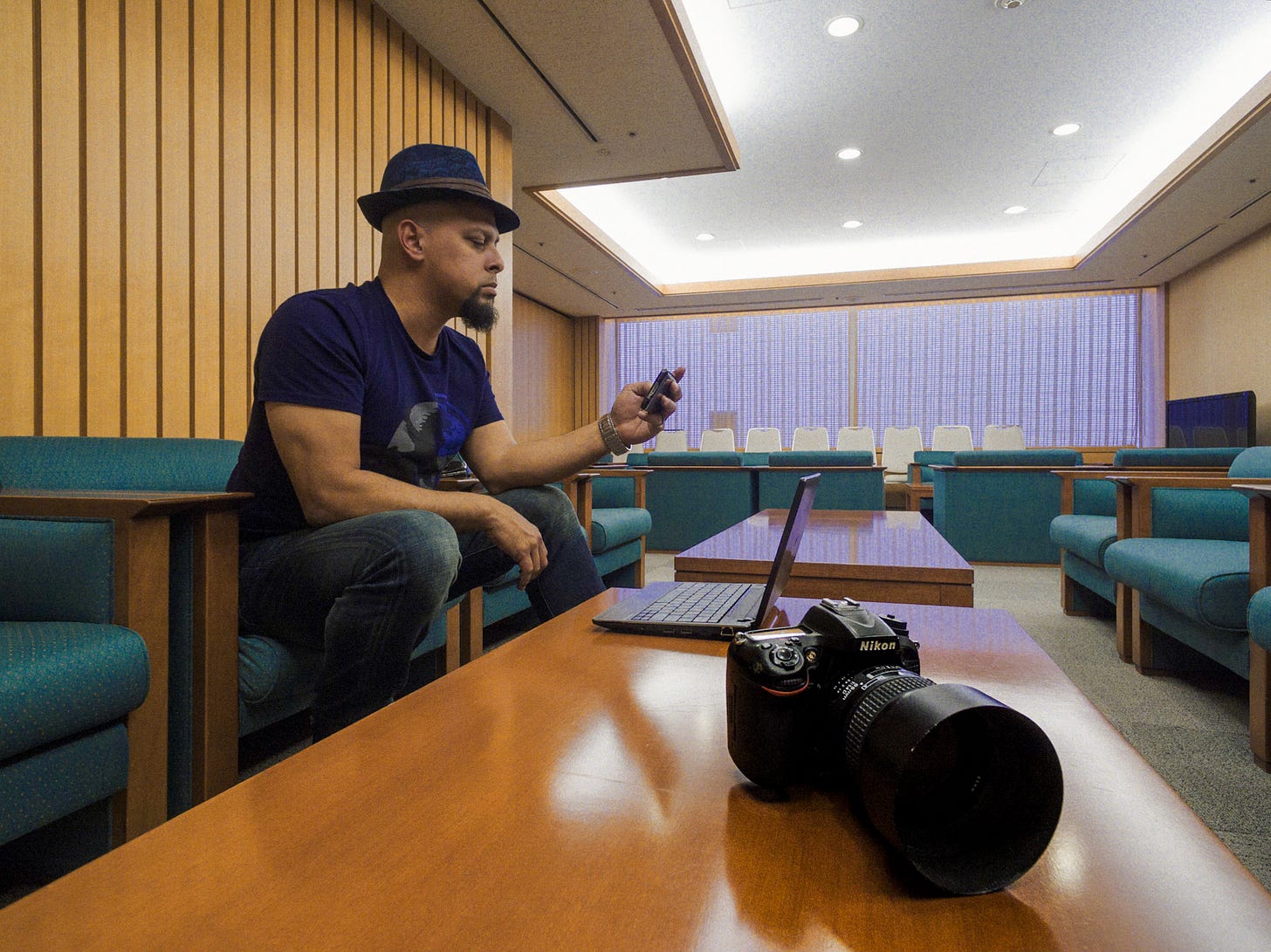
Going by train - There’s a lot I could say about train travel but I’ll just summarize it by stating unequivocally it is my favorite form of travel. Large seating, smooth ride without all the hassles of the airport make for a great relaxing travel experience. Bar none the best resource for planning train travel around the world is The Man in Seat 61. The website looks like it came straight out of 1996, but it is very accurate and extremely useful when planning more complex multi country trips. While in Europe, I will mostly choose to travel by train everywhere as the stations are usually located right in the middle of where ever I’m going and the scenery is just unmatched to any other form of transportation. Any trip I can do under 7 hours, I will typically go on train. In the US it is substantially more limited, but for example Miami to Tampa is a great route I would not think twice about taking the train. In the US, Europe or Asia here are some of my best practices for train travel:
Plan my stops. For travelers on their first long distance train, taking responsibility for all their own transfers can feel a bit overwhelming. In most cases the train only stops at a station for a few moments to let passengers out and take passengers in. To avoid missing my stop or transfer, I put alarms on my phone to alert me 5-10 before arrival. If the stop is not my final destination, I will also take the opportunity to check what is the platform I need to take my next train before I get tot the stop.
Plan my food. One of the many advantages of not having to go through such rigorous security checks is you can bring all the food and drink that you want onboard. For me this usually means an assortment of good picnic snacks and if allowed, a bottle of wine.
Keep my valuables close. One of the biggest disadvantages to the train’s relaxed approach is how easy it can be to loose track of your belongings if you’re not careful. To avoid leaving things behind, I make sure I only take out what I need and put everything back into my bag as I use it. I make sure I pack everything back up at least a few minutes before my stop. If possible I try to avoid using the luggage racks located on the ends of each train car. Although rare, it is from where most items are “lost”.
Going by automobile - The car is an excellent way to travel, specially when going long distances with multiple people. The flexibility is unmatched if your destination does not have alternate transportation options and you obviously have non of the limitations of planes and trains. For planning all my road trips I usually start with the viaMichelin website. It is by far one of the best ways I’ve found to get accurate cost of fuel and toll around the world in one place. It also provides information on traffic, restaurants, hotels, service stations and miscellaneous tourist sites.
Check the fluids. Seems kind of obvious, but you have no idea how many people I’ve met stranded on the side of the road for something that could have been easily preventable by a simple check and top up of fluids. Also remember the weather can have an impact on the types of fluid a specific vehicle needs, so I alway make sure to take that into account when checking my fluids. Same thing with the tire pressures.
Plan my pit stops. Driver fatigue is a very real thing. A study from the National Sleep Foundation uncovered that 60% of adult drivers and 51% of teenage drivers reported driving drowsy at least once a year; 14% of adults and 15% of teens said they drive drowsy at least once a week; 37% of adults and 5% of teens said they had nodded off or fallen asleep at the wheel within the past year. That is pretty scary and even more common on long road trips. I try to take short brakes every 2 hours along the way.
Pre-program my trip. With all the apps available to assist drivers while en route, I still find Google Maps to be the most universally reliable. Waze is another great app that takes second place in my driving app shelf. I like to program and save all my routes before leaving so I can recall them at a moments notice. I also have made it a habit to save all maps to my device. It is extremely common to go through areas of poor to no cellphone service and it can be a little nerve raking depending where you are.
📸 Destination:
Though the tips and best practices in this guide can be applied to any destination, it is the holidays after all and most of us will be heading over to meet friends and family at our destination. So let’s hear it from Mr. Manners and Martha Stewart in this oldie but goodie about some of the most common holiday conundrums and how to best handle them. Enjoy!





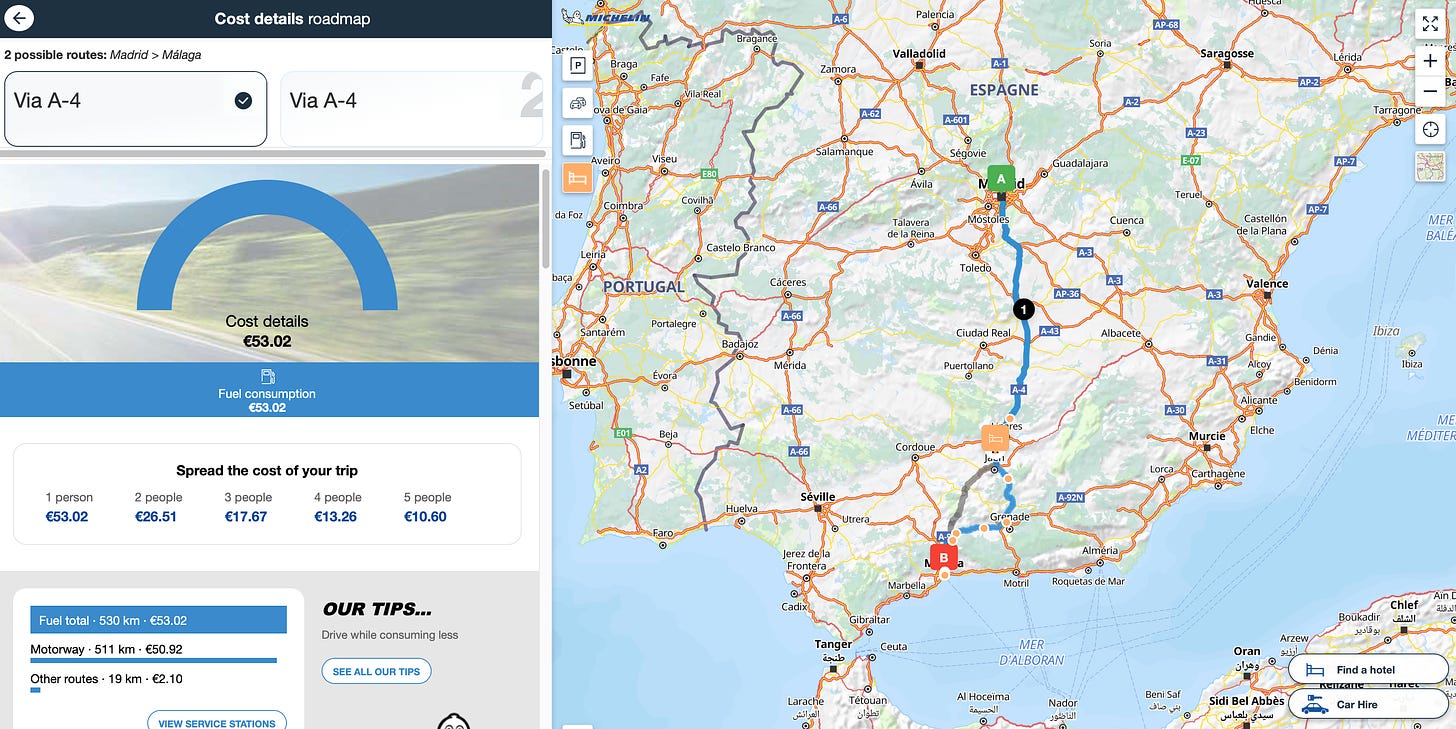


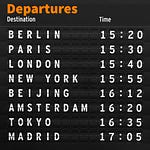
Holiday Travel Guide